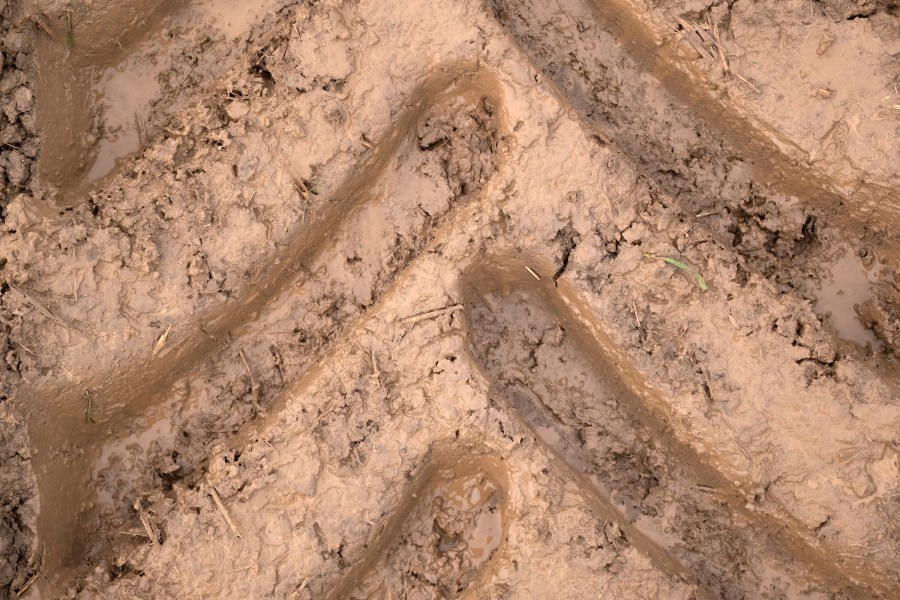New research from the University of Lincolns shows the use of robotics could help identify problematic soils quicker.
Laurence Roberts-Elliott, postgraduate research student at the University of Lincoln has led research into a multi-robot simulation that could act as an alternative to time-consuming and costly manual methods of soil sampling, in a bid to better tackle soil compaction.
“Soil compaction has serious negative effects on the yields and nutritional value of crops and increases the emission of greenhouse gases from soil,” says Laurence. “Field-wide land management to address this can be expensive in labour, time, and fuel costs and wasteful compared to more precise and localised land management.”
Soil compaction mapping identifies the areas of high soil density, allowing these parts to be prioritised, instigating a significantly quicker improvement to the overall land quality. Sampling high-resolution soil compaction data to inform operations can also be time-consuming and expensive. Therefore, multi-robot soil compaction mapping may offer a more efficient solution, but effective coordination of robots for this task has not been researched until now, he says.
Robot power
Multi-robot soil compaction mapping refers to a system of robots working in conjunction to collect and analyse soil penetration resistance data to create a map displaying where soil compaction is significant.
Dr Jaime Pulido Fentanes, also within Lincoln’s agri-robotics team, led work into single-robot soil compaction mapping previously and Laurence’s study extends this by incorporating multiple robots, in turn, further reducing the time required to create an accurate map.
The 2-D simulation presented in the study dynamically creates and allocates multiple sampling tasks to the robots while maximising the information received from each sample to significantly increase the overall efficiency of the process. The low complexity when compared to 3-D simulations means that experiments be conducted very quickly.
“Our lightweight multi-agent simulation has allowed for rapid experimentation to quickly discover and develop effective methods of task allocation and dynamic sampling for multi-robot soil compaction mapping,” adds Laurence.
Further testing
To ascertain whether it would be possible to introduce the system into agriculture practices, Laurence says that the method presented in the paper will be tested in more realistic simulations and commercial experiments.
If successfully integrated, speedier soil compaction mapping would enable areas of high soil density to be treated sooner and less wastefully. Faster treatment of soil compaction would in turn tackle one of the most significant factors in soil health and the knock-on effects it has on crops and the environment, he concludes.




